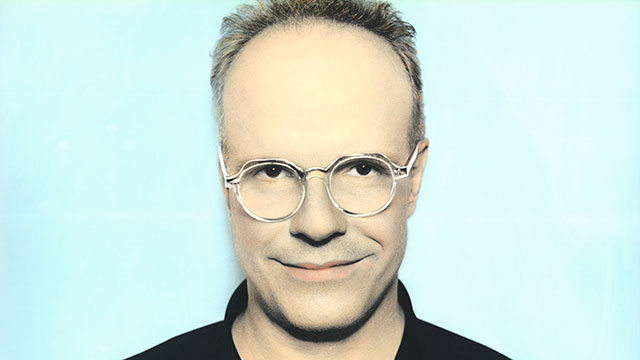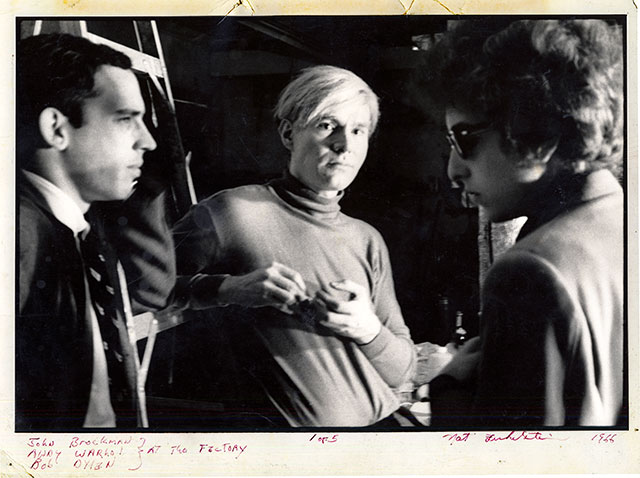Intellectual Enzyme
Intellectual Enzyme

[ED. NOTE: The legendary curator Hans Ulrich Obrist (known a "HUO"), Co-Director of Exhibitions and Programmes at London's Serpentine Gallery. Since 2009, he has been ranked #1, #2 , #2, #10, and #5 in Art Review's "Power 100", a ranked list of the contemporary artword's most powerful figures. A long-time Edge collaborator, we have been interviewing each other for fifteen years. Below, he talks to me in Munich. In the next Edge edition, I bring my camera to The Serpentine Gallery in London and return the favor. —JB]

INTELLECTUAL ENZYME

Teamwork, from left: John Brockman, Andy Warhol and Bob Dylan in 1966 in the New York Factory (Photo: Nat Finkelstein) Click to expand.
Stewart Brand, author of the legendary Whole Earth Catalog and the forerunner of the ecological movement, has called Brockman “an intellectual enzyme”, bringing the thoughts, visions and knowledge of the most different people together and catalysing them. Prototypical of this idea are his Edge Foundation and its website, edge.org, a platform for the exchange of ideas among the intellectual elite. Prototypical of this, too, was the collaboration between artists such as Nam June Paik, Andy Warhol or Robert Rauschenberg in 1965 in New York that led to an invitation by MIT whereby biophysicists, cyberneticists, musicians, painters and theatre directors held an interdisciplinary symposium.
Finally Brockman has also proved his own talent for synthesis as a writer. In his first book By The Late John Brockman, he considers the world through the lens of information theory, in 37 through Heisenberg’s uncertainty principle and in Afterwords as a verbal construct. Above all, his first work was a magnificent combination, not just in content but also in form, of philosophy and experimental literature, which he presented in 1968 in a six-part reading of the book in the New Yorker Poetry Center. Each page of the book contained only one paragraph, composed of citations from the likes of Ludwig Wittgenstein or Samuel Beckett. The very? process of reading is supposed to create a performance, freely after Marcel Duchamp’s dictum that an artist makes the material available but that it is up to the observer or reader to make an artwork out of it.
A new edition of By The Late John Brockman, 37 and Afterwords will be published this September by Harper Collins Publishers in the US and UK under the title By The Late John Brockman, and in Germany by S. Fischer under the title Nachworte: Gedanken des Wegbereiters der Dritten Kultur.
HANS ULRICH OBRIST is curator and co-director of the Serpentine Galleries in London. His most recent book is Ways of Curating.

